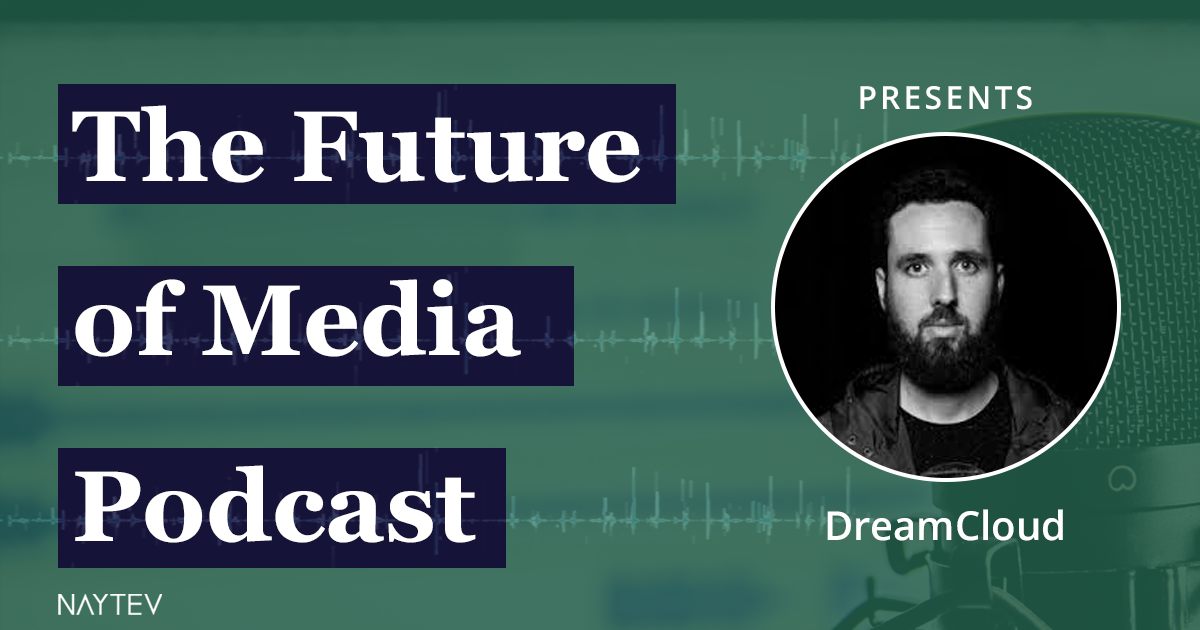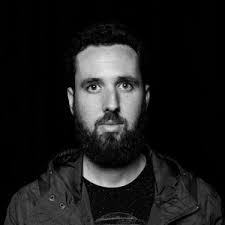
Why Your Mattress Company is Penning Longform Content
Direct-to-consumer brands are making significant editorial investments, creating content that rivals traditional media companies. Learn how these brands are building audience and driving sales through original content.
Guest

Content Marketing Expert
Head of Content
An expert in direct-to-consumer content marketing with extensive experience helping brands build authentic relationships with their audiences through editorial content. Has worked with multiple DTC brands to develop content strategies that drive both engagement and sales.
Key Takeaways
- 1Direct-to-consumer brands are investing heavily in original content
- 2Content marketing can build trust and authority with target audiences
- 3Editorial strategies must align with business goals and brand values
- 4Quality content can differentiate brands in competitive markets
- 5Content teams need to balance editorial independence with business objectives
- 6Successful content marketing requires long-term commitment and patience
- 7Distribution strategy is as important as content creation
Listen on Spotify
Full Interview
Patrick: Hi everyone, today I'm here with someone who's been at the forefront of direct-to-consumer content marketing. Thanks for joining us today.
In today's episode, we're diving deep into how direct-to-consumer brands are investing in content marketing strategies that rival traditional media companies. We'll explore why a mattress company might be producing longform journalism, and how these brands are building authentic relationships with their customers through editorial content.
The conversation covers the evolution of brand content, the importance of editorial independence, and the challenges of balancing business objectives with authentic storytelling. We'll also discuss how these brands are measuring success and what the future holds for brand-driven media.
Published on January 28, 2019
